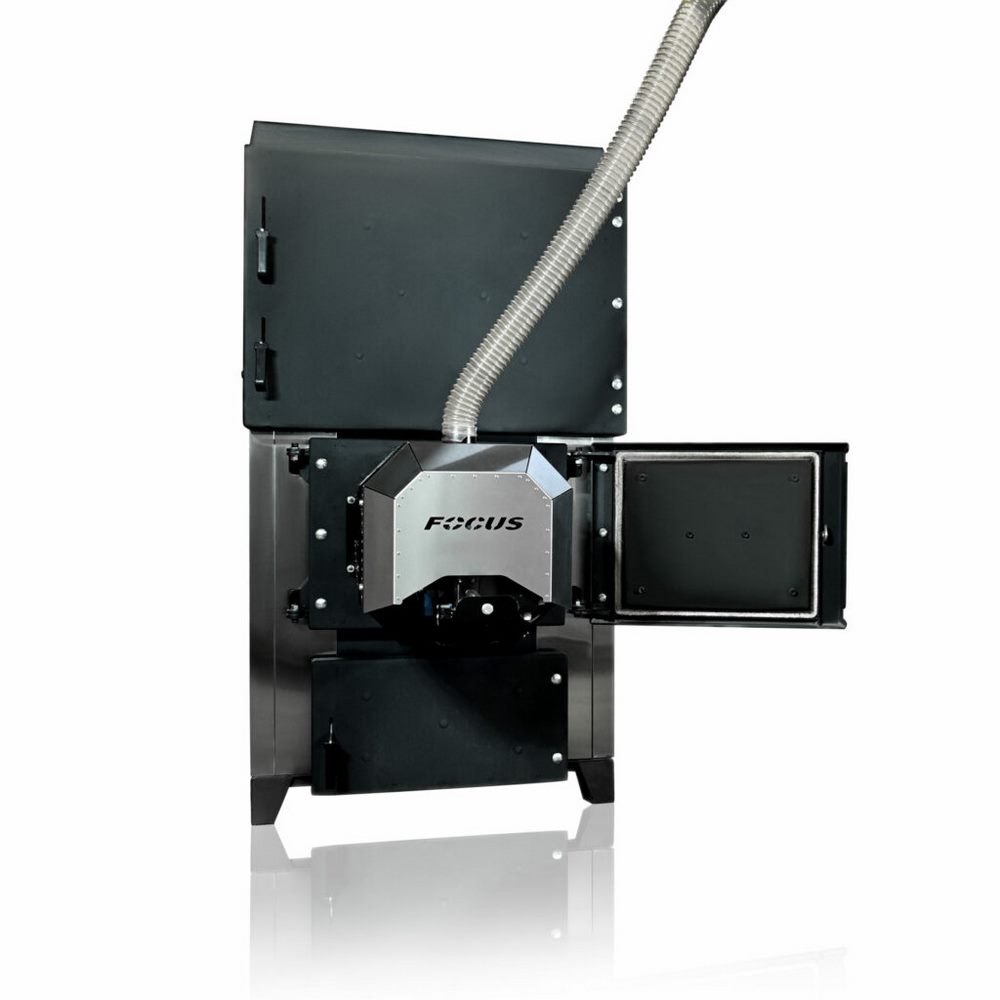To install or not to install a buffer tank when installing a solid fuel boiler
The use of a conventional "hardtop" without pellet burner and without a buffer, it is extremely dangerous and economically unprofitable, since in the smoldering mode, the efficiency of a solid fuel rapidly drops, and this is especially true for boilers with afterburning of combustion products!
Consider the features of "solid tops"
Everything solid fuel boilers, regardless of their type and method of fuel combustion, have the following common features:
- They work only in a narrow high-temperature schedule (90/75 0С or 80/600С).
- They can change the power in the range 100…50% by reducing the amount of incoming air during combustion. Moreover, with a decrease in power, the efficiency drops sharply due to an increase in the proportion of CO.
- The boiler cannot be stopped until all the fuel in it has burned out.
- A manually loaded boiler is selected with a power reserve of at least 30% for the coldest five-day period for residential premises and up to 50% for office buildings, since a significant problem with the quality and humidity of the fuel may arise, which must be taken into account.
Highest efficiency in solid fuel boiler at the moment when it is above the return dew point (usually 51 degrees), but has not yet reached the set temperature set on the controller! As soon as the solid fuel boiler reaches the set temperature and goes into smoldering, the boiler efficiency drops down to 20%, thereby offsetting all the savings.
And as a result, we get a pellet automatic boiler house much cheaper than a boiler house with manual fuel loading, no matter how paradoxical it sounds, both in the cost of equipment and in the price of fuel, which is usually lower than the cost of labor of stokers!
Experience in installing and piping a solid fuel boiler with a buffer tank






